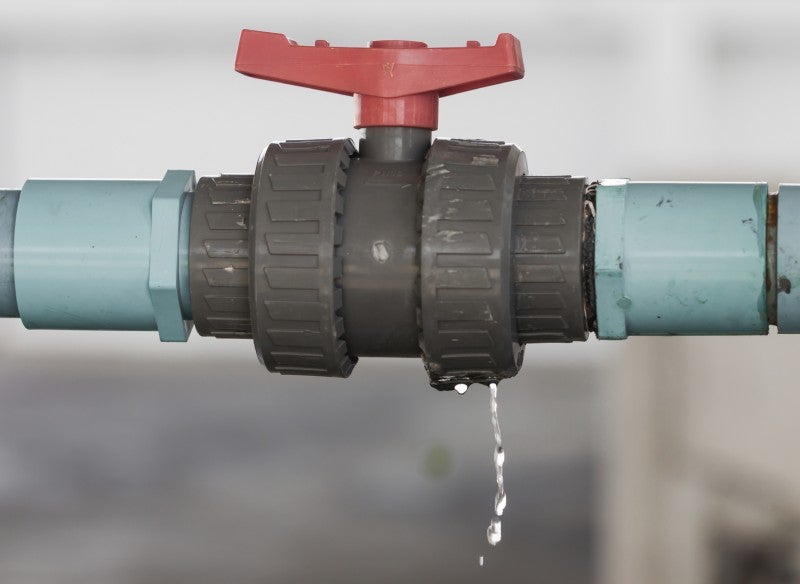
Photo Credit: iStock Photo
*This piece originally appeared in The Huffington Post.
The dangerous water consumed by residents of Flint, Michigan, is the canary in the coal mine of our nation’s crumbling infrastructure. Poisoned water endangers the health of millions of Americans, especially children, and jeopardizes state and national economic vibrancy. This is bigger than just Flint, and many other cities, particularly in the Midwest and Northeast, have contaminated water systems. A recent study showed that lead levels in numerous Pennsylvania cities exceeded those measured in Flint’s water.
Now is the time to act on a national plan to renovate infrastructure. Roads, bridges, sewage systems, water pipes, airports, all critical arteries for our nation’s economy and public health, are in dire need of renovation. A massive investment in infrastructure renovation in this country will put people back to work, boost the economy in the short and long term, and prevent tragedies like the one in Flint from happening again.
Much of American infrastructure is decrepit, old, decaying, or all three. But none are so greatly in need of repair or carry so much potential health risks as the water and sewer systems. The Environmental Protection Agency estimates that roughly 10 million American homes are serviced by pipes that are at least partially lead. Now, the lead poisoning in Flint was the result of corrosive water being pumped through those pipes. In other cities serviced by lead pipes, water treatment facilities use chemicals to provide a barrier in the pipes that prevents lead from getting into the water itself. This is a band-aid over a bullet hole.
The larger problem is that dozens, if not hundreds of cities and towns, rural and urban areas, have old and decaying water and sewer systems which are dangerous to health and public safety. This issue is under-reported largely because community and state governments are able to patch up or find work arounds for water system failures. But when something does go wrong it can affect every American, rich, middle class, and especially the poor.
Water and sewage system decay is a small part of a larger infrastructure problem. American roads, bridges, and air or sea ports are in desperate need of renovation and updating. Fixing our infrastructure isn’t cheap, but the public will support such an investment where they all see and experience tangible results from taxpayer expenditures. Infrastructure impacts everyone.
The Senate made a start when they included $600 million in emergency funding on an energy bill to replace Flint’s water supply infrastructure. The truth is that what’s really needed is a massive, multi-billion dollar program to renovate much of the nation’s decaying infrastructure. I agree with some in Congress who say the government spends taxpayer money on wasteful projects, but infrastructure investment in sewers, roads, bridges, air, and seaports isn’t one of them. In fact, besides spending on national defense, there could not be a more appropriate investment of taxpayer money. Such an investment provides jobs, boosts the economy, and protects our citizens’ safety and public health.
Finally and importantly, what is immediately needed is a nationwide state-by-state assessment of urgent water and sewer needs, and prioritizing the repair of unsafe and unclean water and sewer systems. Much of this is already known by the states and the EPA. The president and Congress, working with the nation’s governors, mayors, state legislative leaders, and the private sector, should develop and implement a bipartisan strategy and funding plan to solve this problem.
This is a unique opportunity for bipartisan leadership on a major national initiative. It’s time to act. No more Flints.
Dan Glickman is vice president and executive director of the Aspen Institute Congressional Program.

